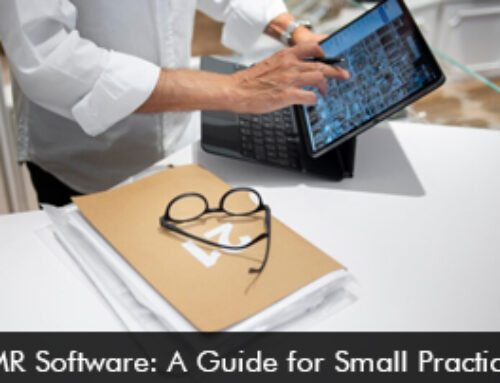Improving patient experience is one of the major priorities of hospitals and healthcare systems to keep patients content throughout their healthcare journey. According to the Healthcare Intelligence Network, patient satisfaction is one of the top goals of 70% of hospitals in the United States. These important stats reveal an interesting fact that hospitals know how critical it is to offer a patient-empowered care environment. By focusing on providing the best healthcare services to patients practices can make sure to retain them and also attract new ones to use proactive services.
Top 5 Strategies to Improve Patient Satisfaction
Here are a few ways and tips to enhance the patient experience to keep patient dissatisfaction rates low. It is first important for hospitals to know what ticks off their patients so the right strategies can be adapted and hence prioritized.
- The patient’s time is valuable – A good hospital management or a practice setup will always appreciate their patient’s time. It is a fact that patients get frustrated with long wait hours at the waiting room also don’t keep them waiting on the phone. It is advised that practices try to offer online appointment scheduling services to their patients so they can easily book an appointment from their smartphone and don’t need to make a phone call at the clinic, convenience is what the patients are looking for which will ultimately enhance their patient experience. Communicate on time about any delays or appointment cancelations from your end by sending a mass text or email so the patients don’t show up at the clinic and find out then that the appointment is canceled due to any issues.
- Give your patients a good welcome – The front-desk staff must greet the patients with a smile and guide them to the waiting room. They should also provide the estimated wait time so the patients don’t keep guessing and get anxious. The waiting room shouldn’t make patients jittery keep magazines, short stories, and newspapers so the patients can keep themselves preoccupied while they wait. The waiting room should have a pleasant atmosphere with aesthetically pleasing décor, they should feel comfortable and get positive vibes before their appointment.
- Deploy a patient engagement software system – A Patient Engagement EMR Software system or tools offer convenient scheduling, automatic reminders and alerts for high-risk patients, and an online platform for easy payments. When a patient engagement software is purchased make sure that it integrates seamlessly with the existing Electronic Medical Records (EMR) software system and Practice Management (PM) Software solution to offer supreme and uninterrupted services to patients. Keep in mind that the software system should be intuitive and user-friendly for all patients.
- Involve your patients – Patients need to feel involved throughout their healthcare journey through shared decision-making with their providers. A treatment plan should be devised together and the patient’s family should be engaged and encouraged to meet any healthcare goals. A Patient Portal (EMR) software system can be used to make patients feel on top of their healthcare process. Through the robust platform, patients can easily access their health records and any personalized medical information. They can also view their results through the portal which keeps them updated about their health conditions in no time.
- Go virtual – The COVID-19 pandemic has stressed how crucial it is for hospitals and clinics to offer a Telemedicine EMR Software system for patients to receive care remotely without having to leave their homes. These virtual consultations provide an outlet for patients living in the outskirts to receive prompt diagnosis and treatment. Telemedicine solutions can be used by therapists, pediatricians, skin specialists, and primary care physicians. Patients love the convenience of telemedicine and the peace of mind to see their doctor anytime in a crisis.
Moving ahead
Practices and hospitals should know that improving patient satisfaction is not a one-time strategy but an ongoing effort from every staff member in the entire setup. Keep educating medical staff members about the importance of keeping patients happy and satisfied, once everyone has the same aim it can have a positive impact on patient experience. By deploying software technology and digital tools patients can further get accessibility and supreme healthcare services.






